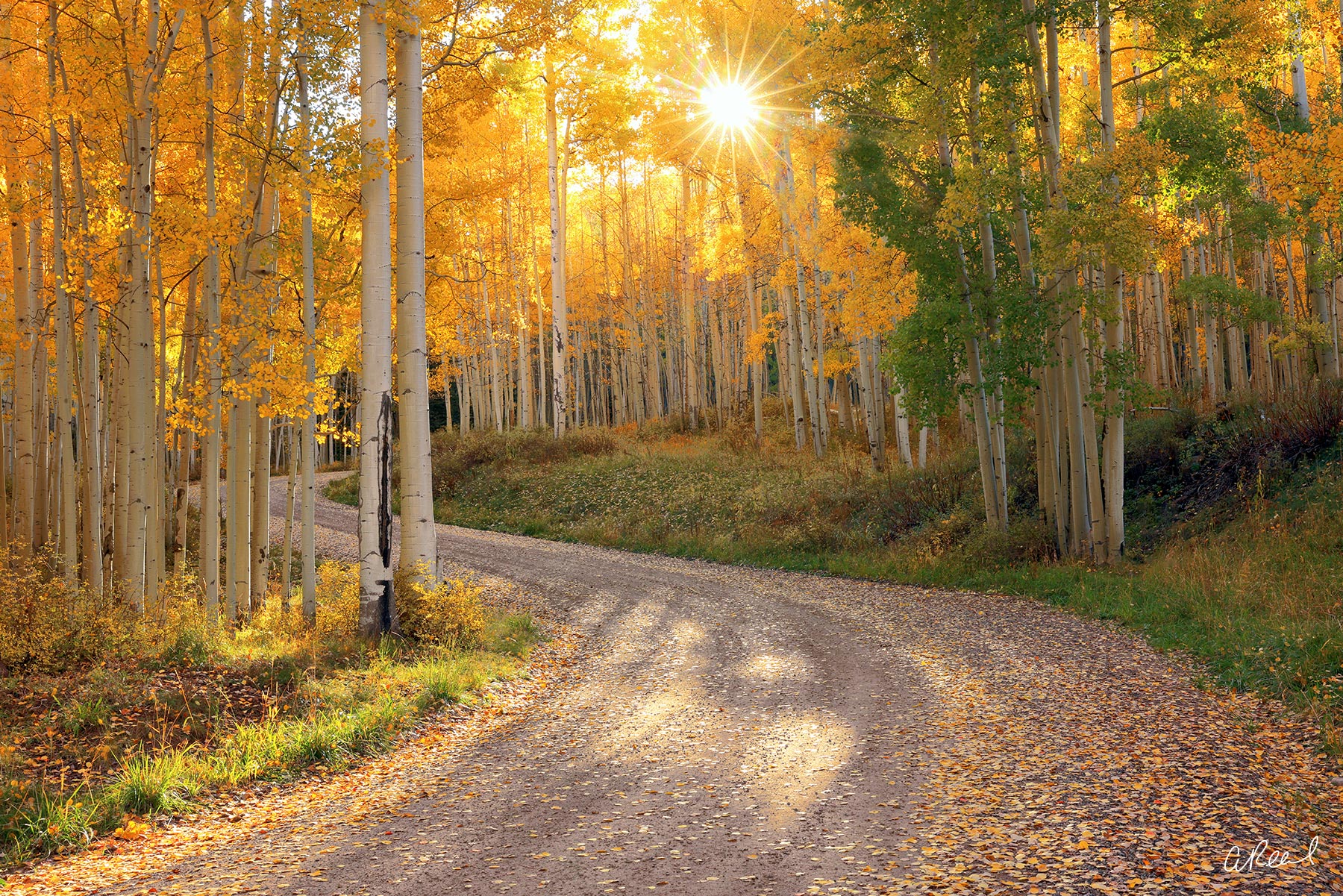JuJu News Hub
Your go-to source for the latest trends and insightful articles.
Nature's Canvas: Capturing Mother Nature's Mood Swings
Explore breathtaking scenes in Nature's Canvas, where Mother Nature's mood swings come to life through stunning photography and captivating stories!
The Science Behind Nature's Color Palette: Understanding Seasonal Changes
Nature's color palette is a dynamic spectacle that transforms with the changing seasons. During spring, vibrant hues like green take center stage as new foliage emerges and flowers bloom, creating a refreshing contrast to the browns and grays of winter. This transformation is a result of chlorophyll, the pigment responsible for the green color of plants, which becomes more abundant as temperatures rise and sunlight increases. As summer progresses, the intense sunlight further enhances the rich greens, giving way to an array of colors as fruits and flowers reach their peak, showcasing the natural interplay between light, temperature, and plant life.
As autumn arrives, nature's color palette undergoes a stunning metamorphosis. Leaves transition from lush green to a tapestry of reds, oranges, and yellows due to a decrease in chlorophyll and the emergence of other pigments like anthocyanins and carotenoids. This seasonal display not only captivates our senses but also signals the onset of winter. In colder months, the landscape often appears muted, dominated by shades of gray and white. However, even in this starkness, the beauty of nature's color palette is evident, reminding us of the intricate ecological processes at play and the ongoing cycles of life.

How Weather Influences Nature's Beauty: A Photographer's Guide
The interplay between weather and nature creates a captivating canvas for photographers. Different weather conditions can dramatically transform landscapes, making the same location appear entirely unique under varying circumstances. For instance, a landscape bathed in bright sunlight will exhibit vibrant colors, while stormy skies can lend a dramatic, moody atmosphere. To capture nature's beauty in its finest form, consider visiting locations during the 'golden hour'—the time just after sunrise and before sunset—when the light is soft and golden. This natural lighting enhances the richness of colors, bringing out the intricate details in flora and fauna.
Moreover, understanding the effects of different seasons and weather phenomena is crucial for any nature photographer. Spring offers blooming flowers and fresh greenery, enabling photographers to capture the rejuvenation of life. In contrast, autumn showcases a stunning array of hues as leaves change color, creating a brilliant backdrop for striking images. Even the rain can heighten nature's allure—raindrops on petals or surfaces can create mesmerizing reflections and textures. Embrace each weather condition as a unique opportunity to showcase the ethereal beauty of nature, helping your audience appreciate its ever-changing magnificence.
What Do Weather Patterns Reveal About Nature's Emotional Landscape?
The intricate relationship between weather patterns and nature's emotional landscape reveals profound insights into the environment's state of health and vitality. For instance, a sudden shift in weather, such as unexpected thunderstorms or prolonged periods of sunshine, often mirrors the upheavals or tranquility found in the natural world. These changes not only affect the ecosystem but can also influence human emotions and community behaviors, as individuals often respond to the emotional cues of nature. When gloomy clouds dominate the skies, it often brings about a sense of melancholy, while bright, sunny days might uplift spirits and encourage outdoor activity.
To delve deeper into this connection, consider how seasonal weather changes impact flora and fauna. For example, the blooming of flowers in spring triggers a surge of life, symbolizing rebirth and renewal. Conversely, harsh winters can strip landscapes bare, evoking feelings of solitude and resilience. This cyclical dance of weather not only maintains ecological balance but also serves as a metaphor for our own emotional experiences. By observing weather patterns, we can gain a better understanding of the moods and rhythms of nature, ultimately leading us to appreciate the delicate intricacies of our planet's emotional landscape.